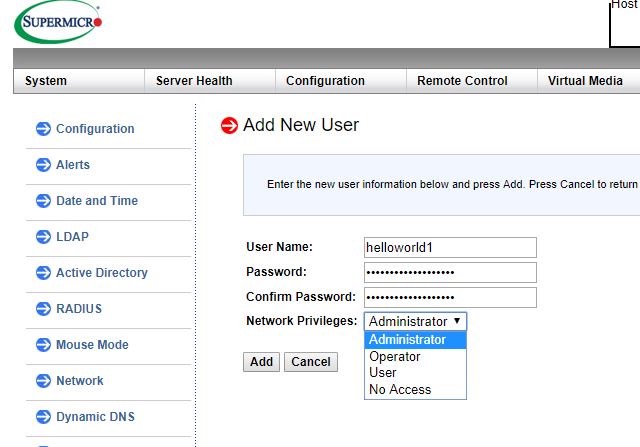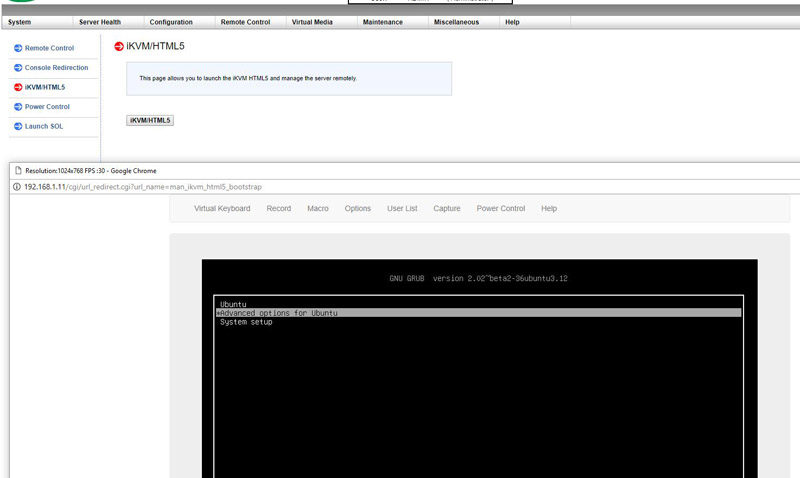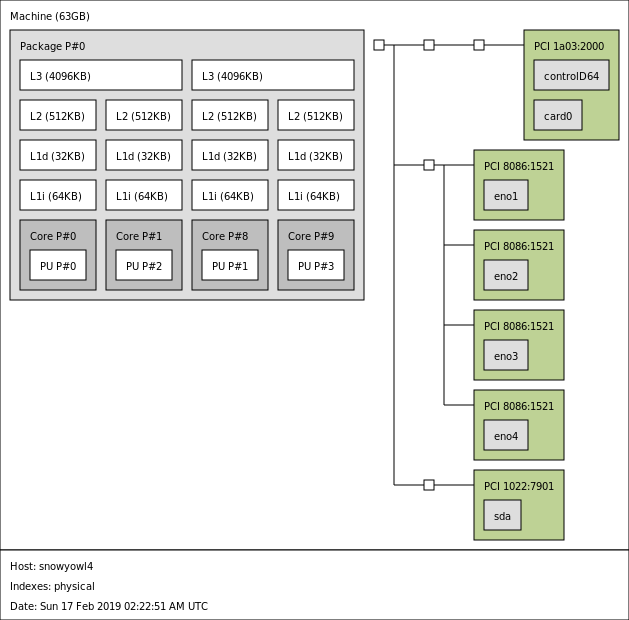Supermicro M11SDV-4CT-LN4F Management Overview
These days, out of band management is a standard feature on servers. Supermicro offers an industry standard solution for traditional management, including a WebGUI. This is based on the ASPEED AST2500 solution, a leader in the BMC field. The company is also supporting the Redfish management standard. On this motherboard, we see similar features as we would across the Supermicro X11/H11 ranges. That means whether you are using an embedded Intel motherboard or a 4U EPYC storage server, you will have a similar look and feel to the management experience.

In the latest generation of Supermicro IPMI is an HTML5 iKVM. One no longer needs to use a Java console to get remote KVM access to their server.

Currently, Supermicro allows users to utilize Serial-over-LAN, Java or HTML5 consoles from before a system is turned on, all the way into the OS. Other vendors such as HPE, Dell EMC, and Lenovo charge an additional license upgrade for this capability (among others with their higher license levels.) That is an extremely popular feature. One can also perform BIOS updates using the Web GUI but that feature does require a relatively low-cost license (around $20 street price.) That is a feature we wish Supermicro would include with their systems across product lines.
This pricing differential for a serviceable iKVM functionality is a big deal in this segment. Adding a $200 license to a server can add 10% or more in the embedded platform costs. Supermicro’s iKVM feature is extremely popular due to its inclusion with the server.
Supermicro M11SDV-4CT-LN4F Topology
One area that we are keenly aware of today, and will be increasingly so with future multi-chip packages, is system topology.

The AMD EPYC 3101 we are testing is a single die part. Higher-end AMD EPYC 3000 SKUs are dual-die parts where Infinity Fabric bridges the two. PCIe topology is relatively simple here, but that may not be the case for higher-end CPU SKUs.
Next, we are going to take a look at our Supermicro M11SDV-4CT-LN4F AMD EPYC 3101 benchmarks, we are then going to focus on power consumption then conclude with our final words on the processors.




Thanks for reviewing this motherboard. I actually have two of these motherboards running pfSense. They run great for my application.
If only it had two 10Gbit NIC:s, it would be a perfect pfSence board. My ISP offers a 1Gbit line, with an option to upgrade it to ~4Gbit line so I am looking something for that atm, but I guess my choices are either with Intel board or AMD with extra LAN card, which is bit sad. IMO Supermicro should have designed these board for a specific use case, and to be honest I cannot see which is a correct use case for this product. It has neither enough SATA / m.2 or expansion slots to be NAS board nor does it have fast enough NIC for Pfsense purposes. Kinda sad to see the missed opportunity for AMD fans. It is all around board which doesn’t do anything extraordinarily well which I feel would have been within reach if they did not try to satisfy everyone with a single product that has limited space.
Can you recommend a power supply unit that is of small form factor and has enough juice to power this board alone without any other peripherals?